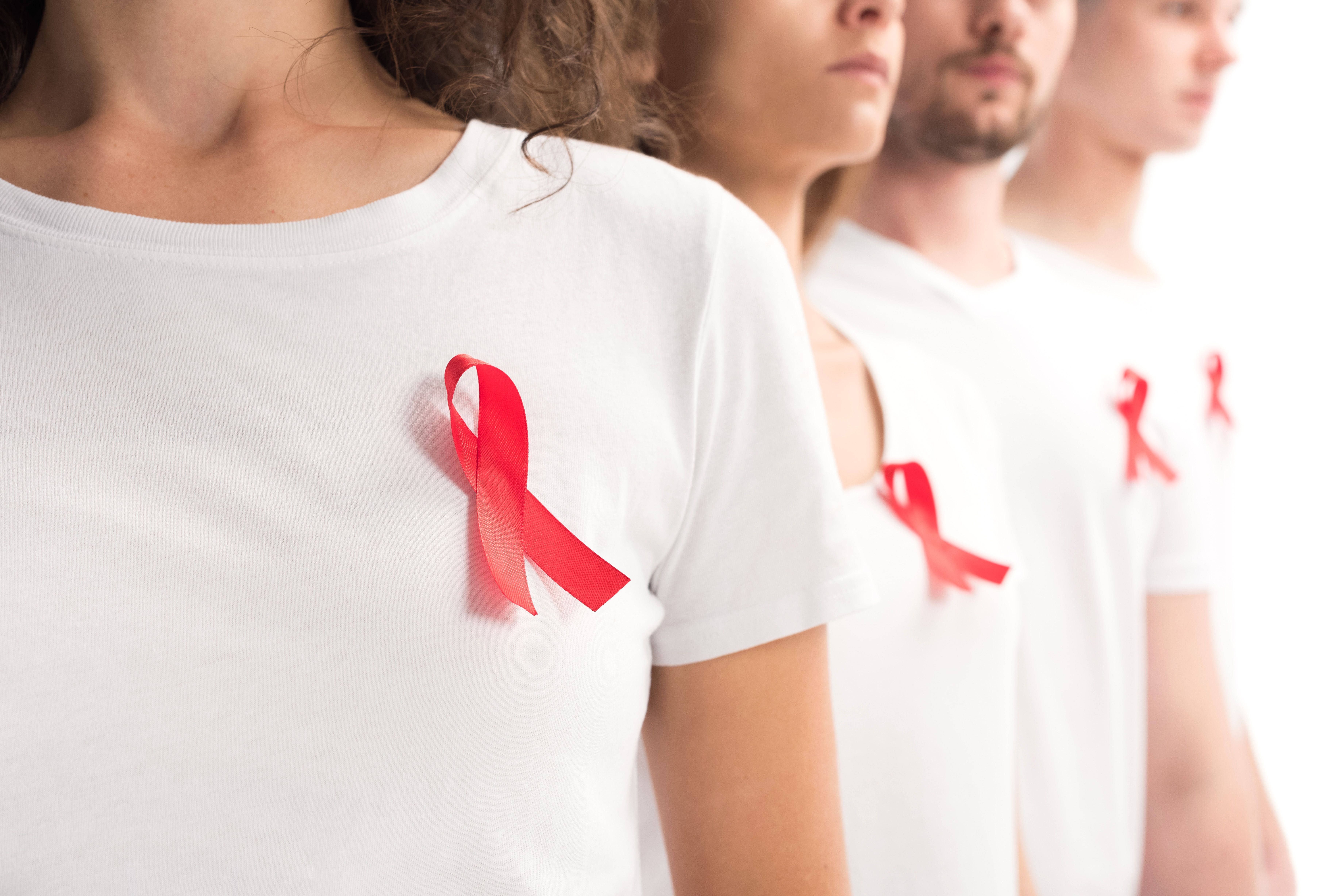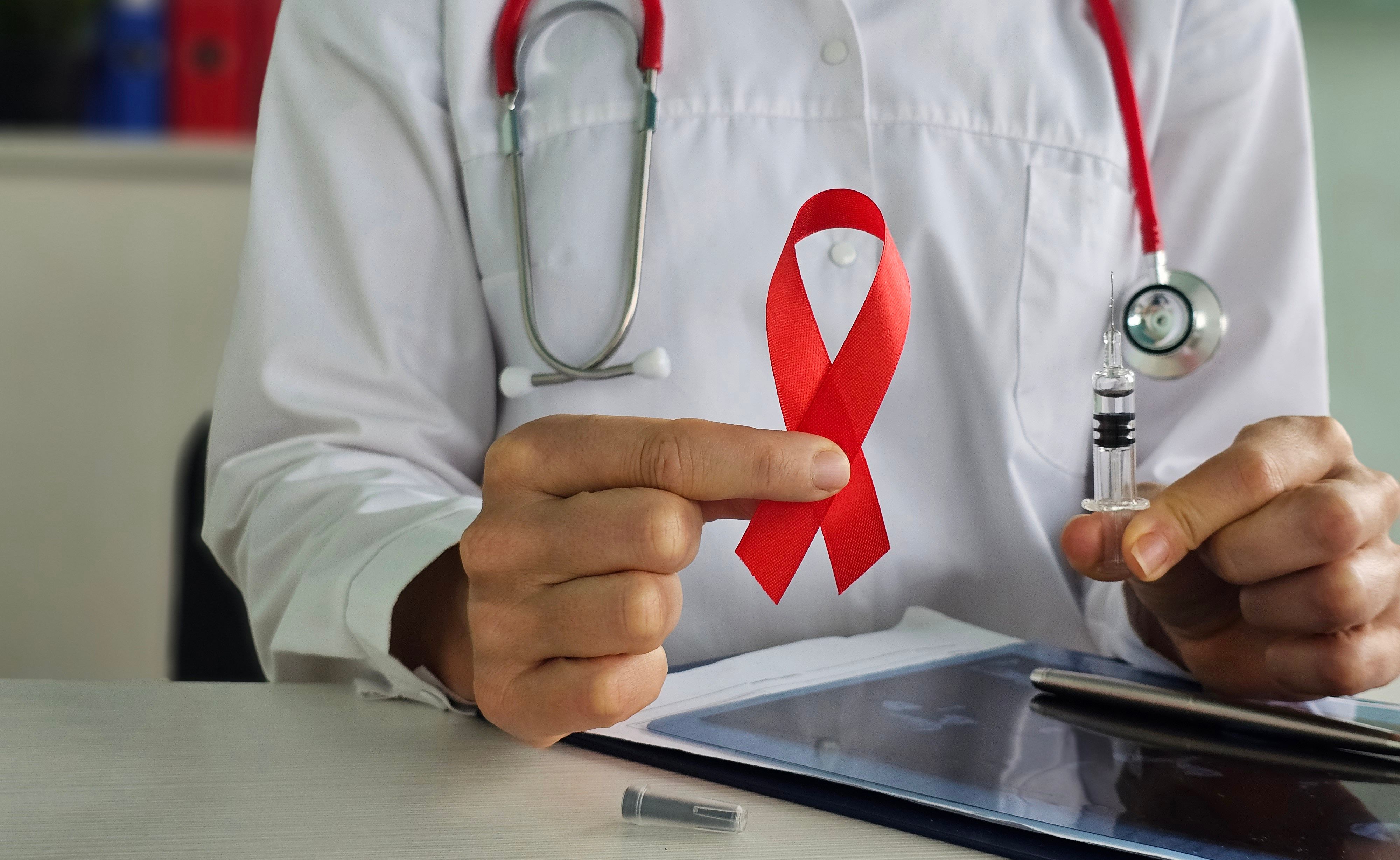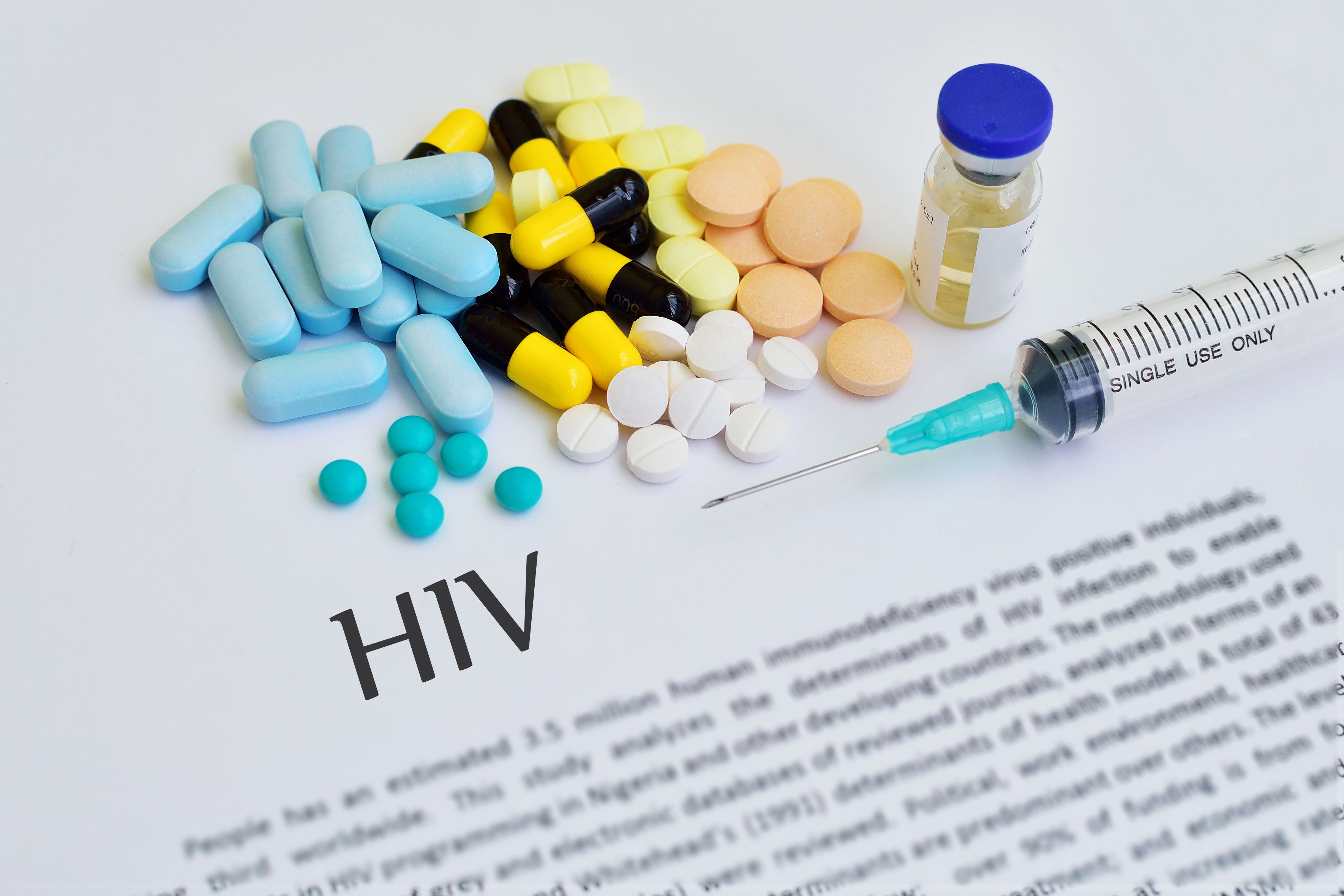Article
HIV Education, Prevention Efforts See Lukewarm Results in Dhaka, Bangladesh
Author(s):
A 3-year endeavor to scale up HIV prevention and education efforts among men who have sex with men in Dhaka, Bangladesh, showed only modest gains in the country where intercourse with a same-sex partner could mean a lifetime jail sentence.
Knowledge among men who have sex with men (MSM) on the risks related to HIV transmission and condom use to prevent and reduce the risk of contracting HIV had only modest gains after a 3-year endeavor to scale up efforts in Dhaka, the capital city of Bangladesh, according to study results published in PLoS One.
In the country, the study authors noted, the law states that “carnal intercourse against the order of nature with any man, woman or animal” could mean either a lifetime jail sentence or a 10-year term plus a fine. Warrantless arrests for such alleged behavior are also allowed based on third-party information. Both are reasons that MSM are considered a marginalized population in the city.
For their dual-study data analysis of risk behavior surveys from 2010 (the baseline survey) and 2013 (the midline survey) on the effectiveness of scaling up HIV prevention efforts in Dhaka, the authors defined MSM as men having sex with other men but not selling sex in the past month. Univariate and multivariate analyses assessed effects of 2 variables: condom use in the last anal sex act and consistent condom use during anal sex in the last month.
A comparison of results from both surveys show that condom use increased in Dhaka since HIV prevention efforts were initiated in Bangladesh in 1997 and expanded to 40 districts in 2010. The midline survey results show this best, in that 88.5% (95% CI, 84.0%-91.9%) vs 82.4% (95% CI, 78.0%-86.1%; P <.001) of study participants reported condom usage.
Overall, participating in HIV prevention programs and being knowledgeable about HIV showed a positive correlation with condom use during the last sexual encounter and consistent condom use, according to multivariate analysis. MSM were 1.9 (95% CI, 1.3-2.8; P = .002) times more likely to use condoms during their last sexual encounter and 2.1 (95% CI, 1.4-3.2; P < .001) more likely to consistently use condoms.
In addition, data from the midline survey show MSM were twice as likely to use condoms compared with baseline survey results (P < .01)
Despite these bright spots, however, MSM were significantly less likely to use condoms if they thought themselves at risk of HIV (adjusted odds ratio [AOR], 0.4; 95% CI, 0.3-0.7; P < .001) or could not self-assess their risk (AOR, 0.3; 95% CI, 0.2-0.5; P < .001) compared with those who didn’t think they were at risk of HIV. Also, the midline survey showed that 32% more men did not think they were at risk of HIV compared with the baseline survey: 63% (95% CI, 58.1%-67.6%) vs 43% (95% CI, 36.8%-49.4%; P < .001).
Data for both surveys were collected via in-person interviews with verbal consent from MSM to protect their identities, due to the fears and penalties attached to identity disclosure from written consent.
“The results of the current analysis provide an evidence of positive changes in HIV risk behaviours among MSM in Dhaka city. However, the time gap between baseline and midline is only for 3 years; therefore, a proper longitudinal study using similar methodology could better substantiate evidence to measure such sustainability,” the authors concluded. “To endure positive changes in HIV risk behaviours and end HIV in Bangladesh by 2030, HIV prevention for MSM needs to be continued, strengthened, and scaled up.”
Reference
Reza M, Rana M, Azim T, et al. Changes in condom use among males who have sex with males (MSM): measuring the effect of HIV prevention programme in Dhaka city. PLoS One. Published online July 24, 2020. doi:10.1371/journal.pone.0236557





